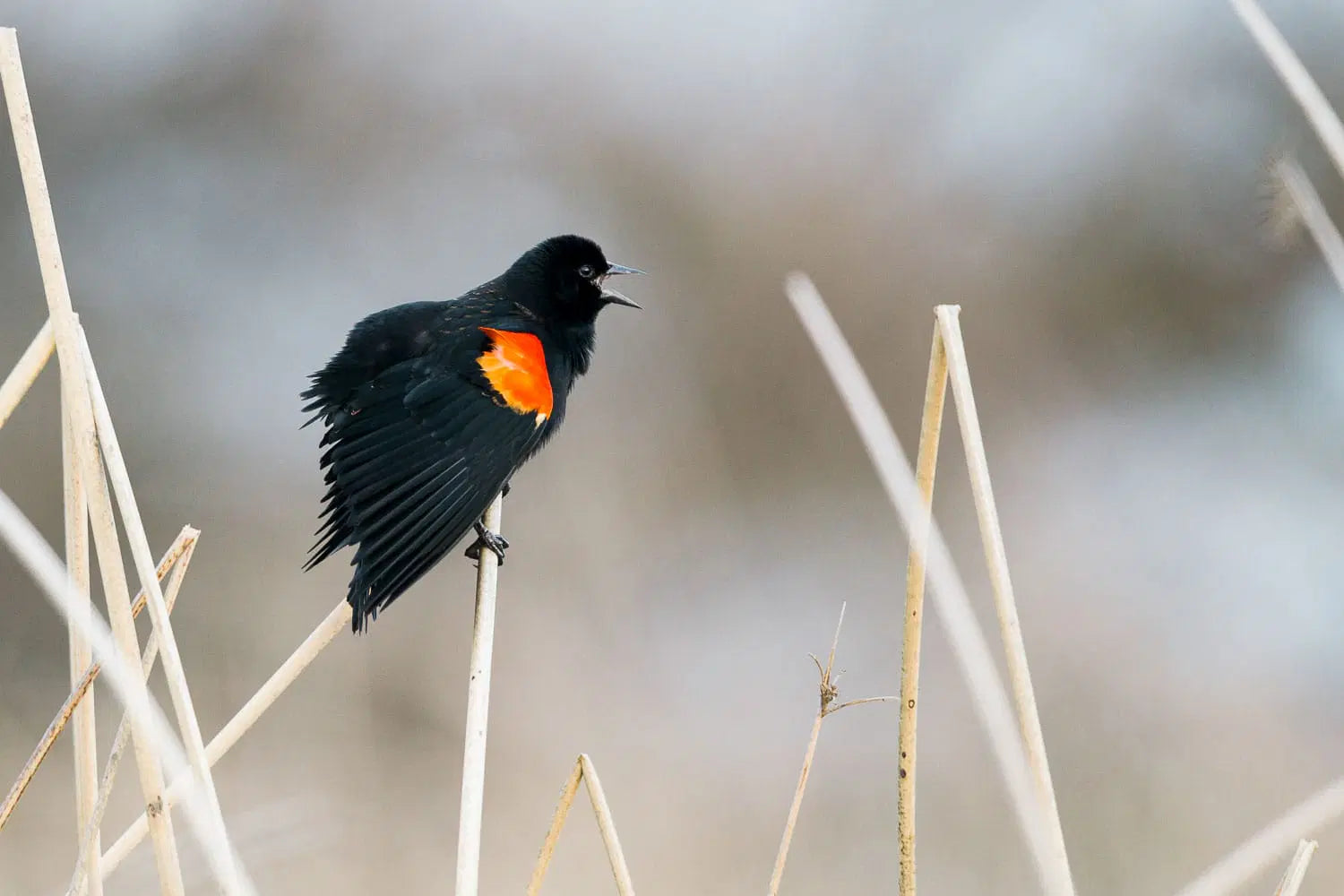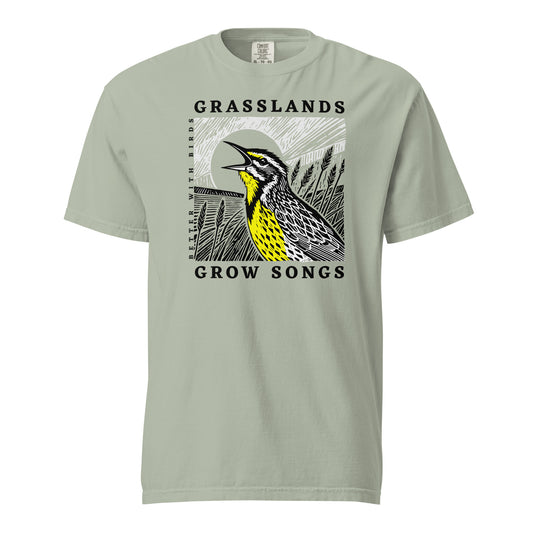What Birds Mate for Life? 5 Monogamous Bird Species
Feature photo: Piotr Krzeslak/Shutterstock
Read time: 6 minutes
Bird Identification , Species Guides , Tips & Advice

This post contains affiliate links. If you use these links to buy something, we may earn a commission at no additional cost to you. We only recommend products we fully support or use ourselves. Our full disclaimer
PIN THIS FOR LATER

Contents
Ever seen those elderly couples walking hand-in-hand after 50+ years of marriage and thought, "Wow, that's impressive"? Well, guess what—birds have been doing the whole "'til death do us part" thing long before we humans made it trendy. And they do it without fancy anniversary dinners or couples therapy!
I've spent countless dawn patrols (coffee thermos in hand) watching these feathered romantics, and let me tell you, their relationship dynamics would put most romance novels to shame. So let's dive into the world of birds that mate for life and maybe pick up a relationship tip or two along the way.
Why Some Birds Choose the "One and Only" Path
First off, why would birds—who could theoretically have their pick of the avian dating pool each mating season—choose to stick with the same partner year after year?
It's not just about being hopeless romantics (though I like to think some of them are). For many bird species, finding a mate is exhausting work! All that dancing, singing, nest-building, and territory-defending takes precious energy. Once they've found someone who's seen their awkward mating dance and still decided to stick around, why go through all that trouble again?
Plus, pairs that stay together often raise more successful broods. They know each other's quirks, they've got their co-parenting routine down pat, and they've probably found a killer nesting spot they return to each year. It's basically the bird version of "if it ain't broke, don't fix it."
We give 20% of all shop profits to bird conservation & inclusive birding efforts.
Bald Eagles
You know who's really into long-term relationships? Bald eagles. Our national symbol isn't just representing freedom, it's secretly promoting family values too.
These magnificent birds typically mate for life, and their courtship is something to behold. Picture this: two eagles locking talons mid-air and spiraling toward the ground in what looks like certain death, only to separate at the last moment. If that doesn't say "I trust you with my life," I don't know what does!
Psssst - if you love birds as much as I do, make sure to check out our collection of bird-themed tees - just as perfect for birdspotting as a lazy brunch with friends!
Albatrosses: The Marathon Lovers

Black-footed Albatrosses in a courtship dance on Midway Atoll. Photo: Jaymi Heimbuch
If eagles are impressive, albatrosses are the undisputed champions of avian fidelity. These seabirds don't just mate for life—they spend YEARS apart and still come back to the same partner.
Imagine being in a long-distance relationship where you might see your partner for a few weeks once every two years. That's the albatross life! They spend most of their time soaring over open ocean, then return to exactly the same nesting spot to reunite with their mate.
True fact, I once had an albatross crash into my head while I was visiting Midway Atoll. I was there to see and hopefully photograph Widsom the Albatross (though she was out to sea the whole time I was on the island). They are NOT small birds. Luckily the albatross got up, shook it off and waddled away. I had whiplash for a little while.
Their reunion dances are elaborate affairs, with lots of bill-clacking, wing-spreading, and synchronized movements that they remember even after years apart. Next time you forget your anniversary after 12 months, think about these birds remembering complex dance moves after 24+ months at sea!
Canada Geese
Canada geese get a bad rap. Yes, they can be aggressive lawn-destroyers with a fondness for public parks, but they're also some of the most devoted partners in the bird world.
These honking lovers mate for life, and if one partner dies, some geese will spend years alone before finding another mate. Some never do. I've watched a solitary goose return to the same pond year after year after losing its mate, and not gonna lie, I may have shed a tear or two.
We give 20% of all shop profits to bird conservation & inclusive birding efforts.
Mute Swans & Trumpeter Swans
Swans have become such a symbol of romantic love that it's almost too on-the-nose to include them here. But I can't help it—trumpeter swans and mute swans really do mate for life, and they really do form heart shapes with their necks when courting. Nature isn't always subtle.
What most people don't realize is how fiercely protective these elegant birds are. Cross a swan whose partner is nearby, and you'll quickly learn they have no problem trading grace for aggression if it means defending their mate.
Ravens
Ravens—those intelligent, slightly ominous birds that Edgar Allan Poe made famous—are another species that typically pairs for life. These birds might look like harbingers of doom, but they're actually practicing better relationship skills than most of us.
Raven couples play together, preen each other, and even engage in what looks suspiciously like social gossip about other ravens. They work as a team to defend territory and raise their young, sharing responsibilities like the most progressive human couples.
Plus, they're ridiculously smart. I watched a pair work out how to distract a bald eagle so they could steal some of its food, communicating with subtle gestures that showed years of teamwork. That's what happens when you have decades to perfect your partnership!
Maintaining Those Bird Bonds
So what keeps these feathered partnerships strong year after year? It's not couples' retreats or date nights (though some species do engage in regular bonding rituals that look suspiciously like dates).
For many birds, it comes down to practical cooperation. Raising baby birds is HARD WORK. Having a reliable partner who knows the drill makes survival more likely. It's less "you complete me" and more "we make a really efficient child-rearing team"—though I like to think there's some bird romance in there too.
Many of these species also engage in regular bonding behaviors—mutual preening, gift-giving (usually food or nest materials, not diamond rings), and coordinated calls or displays. The albatross dance I mentioned earlier? They don't just do that once to win a mate—they keep doing it, year after year, strengthening their bond each time.
We give 20% of all shop profits to bird conservation & inclusive birding efforts.
What We Can Learn From Monogamous Birds
I'm not saying we should take ALL our relationship advice from birds (offering your partner a half-eaten worm probably won't go over well). But there's something to be admired in these species that commit for the long haul.
They work together. They communicate regularly. They divide responsibilities. They engage in bonding rituals. And they don't seem to get bored with the same partner, even after decades together.
Next time you're out in nature with binoculars (or even just at a local park), take a moment to observe any paired birds you see. You might be witnessing a partnership that's lasted longer than many human marriages—no fancy anniversary gifts required.
And if you're currently in the human dating scene and feeling discouraged, just remember: If a picky goose can find a lifetime partner, there's hope for all of us!

